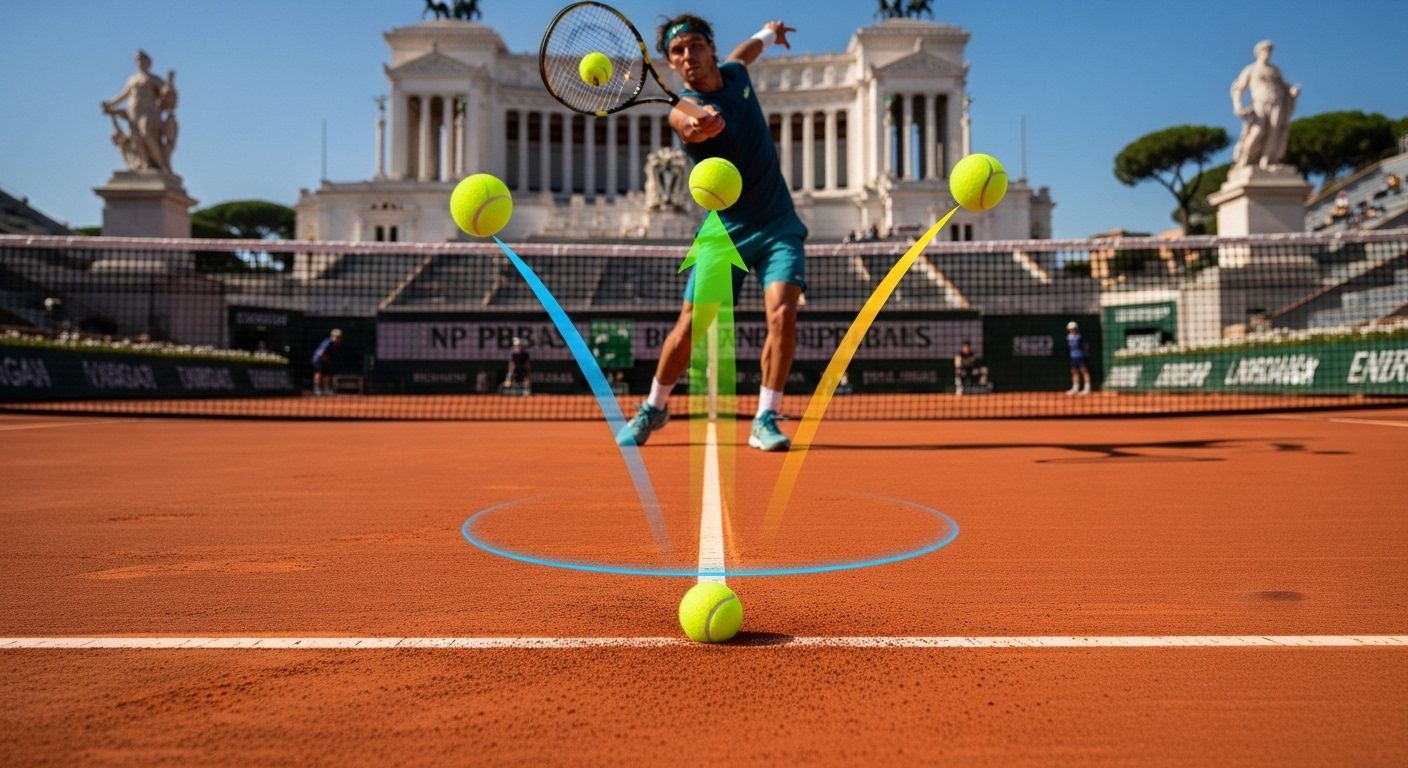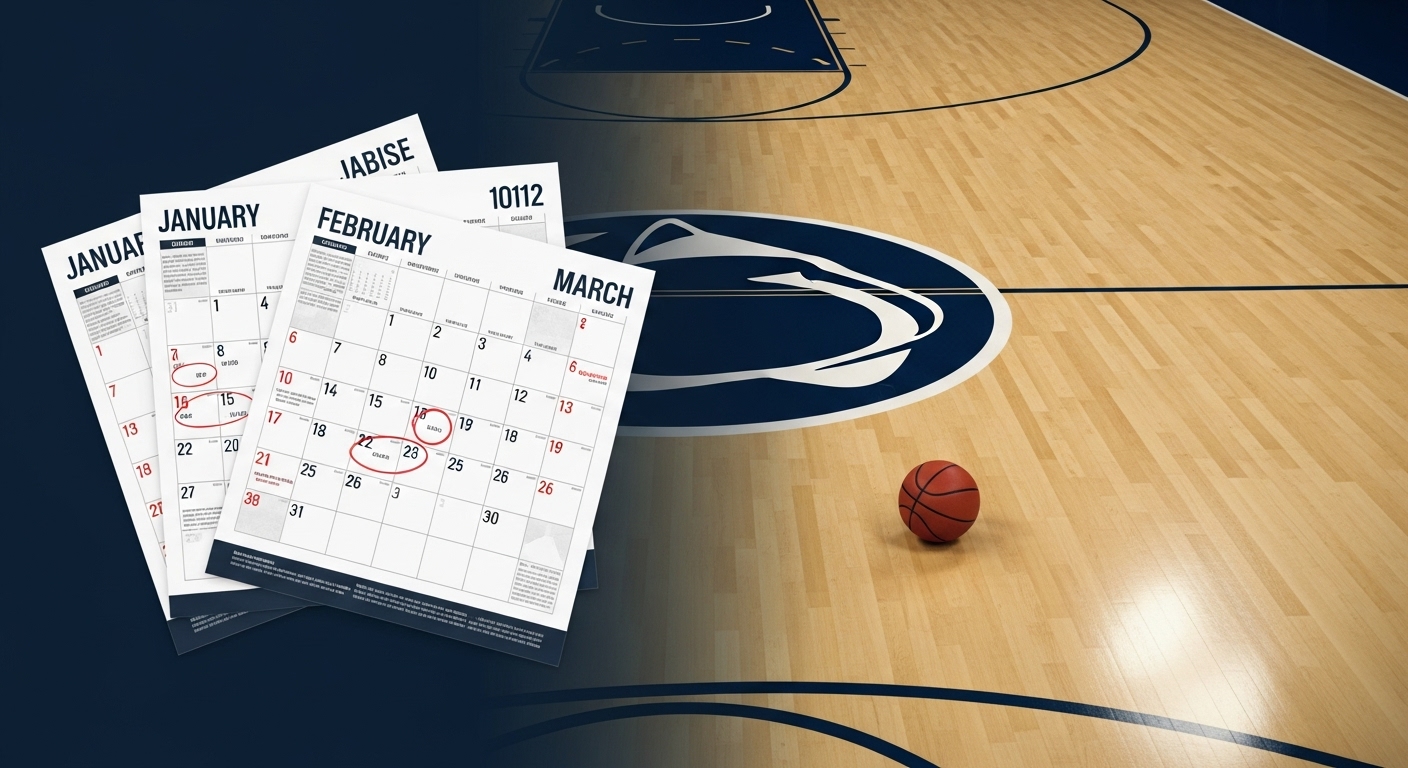As someone who’s covered Rome’s clay circus for 12 years, here’s the quick hit you came for: the italian open 2025 will reward heavy topspin, patient point-building, and nerves that don’t melt at 30–30. Think Rome Masters vibes at the Foro Italico, a true clay court test before Roland Garros. It’s ATP Masters 1000 plus WTA 1000 level pressure, slow-to-medium pace, and a big bounce that makes drop shots mean and moonballs… not a crime.
Why Rome still matters (and why I care way too much)
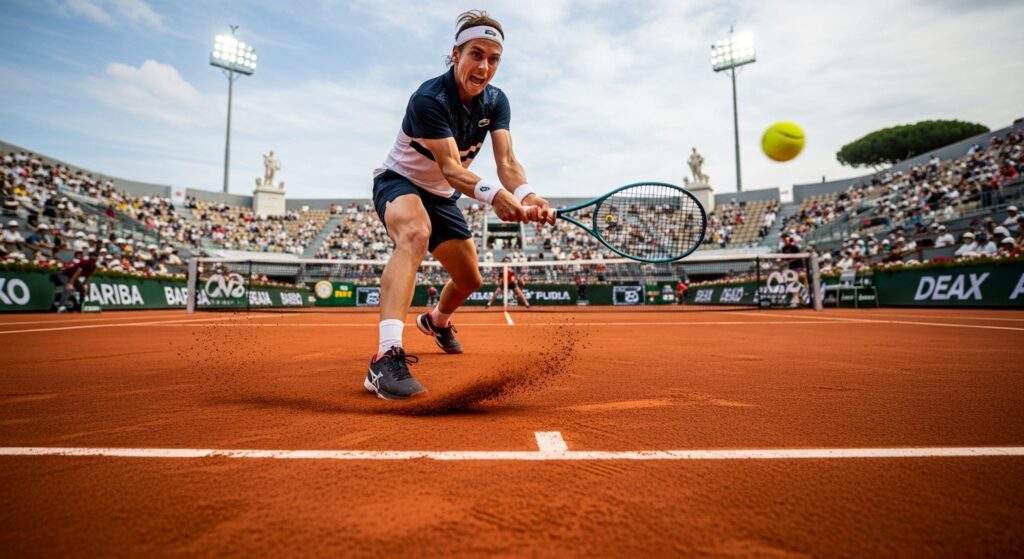
In my experience, Rome is where players stop pretending and show their actual clay game. Madrid can be weird because of altitude. Monte Carlo gets windy. Rome? It’s the honest clay exam. If you move well, handle the high bounce, and don’t freak out when rallies stretch past 15 shots, you’re in business. I’ve always found that the Foro Italico crowds also add spice. They clap between serves sometimes. They sing. They boo. It’s great. Real sport, not a polite golf clap festival.
Courts, conditions, and that “is it slow or just sticky?” feeling
Rome’s courts are usually slow-to-medium, depending on the weather. Warm day, balls fly a bit. Damp night, it’s molasses. This is why backhands with shape, drop shots with guts, and footwork with balance matter. What I think is: the court speed here is fair. Slower than Shanghai hard courts, faster than your memory of a rainy club night.
If you’ve read my nerdy breakdowns on court pace, you know I compare surfaces obsessively. For a different angle on how speed changes who thrives, I once mapped the Shanghai Masters court speed to show why fast courts reward first-strike tennis while slower ones punish impatience.
Who actually has the edge?
Players who roll the ball with heavy topspin and don’t mind getting into chess matches. Two-handers who can redirect pace love this place. Big servers? They’re not doomed, but the serve alone won’t carry you for a week. On the men’s side, clay-world habits matter: sliding into forehands, finishing points with angles, and yes, being okay with your shirt looking like it went through a flour storm. On the women’s side, the same rules apply, with an extra bonus for players who can change height and spin mid-rally. Slice a backhand. Then toss in a short angle. Repeat until the opponent sighs.
If you need the official history and context, the Italian Open page is a good primer. I peek at it myself when I forget who won in 2017. It happens.
Seeds, draw, and why byes are not naps
Quick answer: top seeds get byes, which sounds cozy but it can be a trap. You start cold while your opponent already has match rhythm from qualifying or R1. I’ve watched top players look flat for 40 minutes, then slowly remember how to play tennis. The draw is big, the path is bumpy, and the night sessions can mess with sleep cycles. Welcome to Rome.
I keep a running list of surface notes and player trends here, for my own sanity and yours: sports trends I’m watching this spring. If you like nerdy patterns (like who wins long rallies over 9 shots), that’s the sandbox.
ATP Masters and WTA levels, in plain English
For newcomers: the men’s event sits in that premium tier just below Slams. The women’s event is the same idea, different label. Big points for rankings, serious prize money, and near-all the top names show up unless their hamstrings file a complaint. It’s a pressure cooker. Early losses sting. Deep runs set the tone for Paris.
News during the week moves fast—injuries, retirements, rescheduling. I check Reuters tennis updates because the alerts land fast and don’t waste words. Perfect for when a match flips while I’m on espresso number four.
Mini guide: what to expect during the week
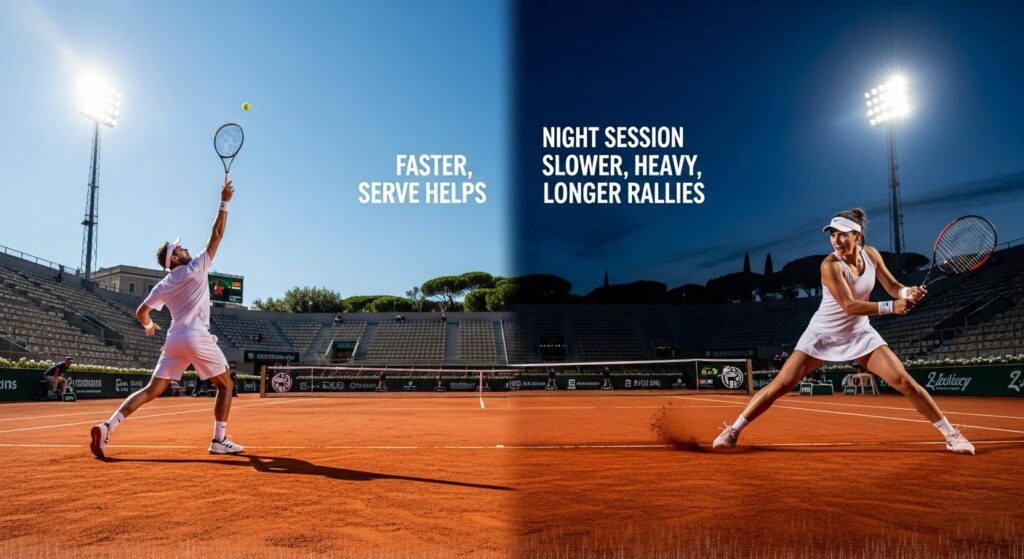
Day vs night sessions
- Day: a bit faster, balls fluff less, serve helps more.
- Night: slower, heavy, longer rallies. Great for defenses, not as fun for flat hitters.
- Rain in Rome? Bring patience. Clay needs time to be playable again.
I drop quick “look here, this changed” notes in my little multi-sport news corner. If a player pulls out, or a night session moves, it’ll show up there faster than my newsletter.
What wins points in Rome (my cheat sheet)
- First ball after serve: don’t miss it. You’ll not get many cheapies.
- Backhand up the line: huge momentum play on clay.
- Drop shot + lob combo: classic Rome move. The lob often finishes the job.
- Return depth: if you float, you’ll run. A lot.
Quick reference: how Rome compares
Bookmark this if you like clean, simple takeaways. It’s not perfect, but it’s close enough for picks.
| Event | Surface feel | Favored styles | Common mistakes |
|---|---|---|---|
| Rome (Foro Italico) | Slow–medium clay, high bounce | Topspin, patience, drop shots, great movement | Over-hitting, short returns, bad shot selection at 30–30 |
| Madrid | Faster clay (altitude) | First-strike, big serve + forehand | Ignoring altitude bounce control |
| Monte Carlo | Traditional slow clay, windy | Footwork, fitness, point construction | Impatience in long rallies |
The “pace check” I always do
When I test-read a surface, I watch early rounds and count defensive points turning into offense. If defenders are flipping rallies, the court is on the slow side. If flat hitters keep the reins, it’s livelier. It’s unscientific. It works.
If you’re into cross-sport patience games, the waiting-and-timing theme reminds me of the wind test at TPC San Antonio—my notes on the Valero Texas Open 2025 are basically “don’t fight the elements; ride them.” Same brain, different shoes.
Who I’m watching and why
Men
- Heavy forehand topspin guys who like long points. Clay lifers will sniff this week and perk up.
- Returners who get depth without blasting. It’s a talent.
- Players coming back from injury: Rome is a truthful barometer before Paris.
Women
- Roll > flat. But big hitters who add margin can steamroll too.
- Counters who use the opponent’s pace then drop it short. Heartbreak tennis.
- Those who manage night chill. If you freeze, you lose.
If you want a structured overview of the tier label itself, the “Masters 1000/WTA 1000” badges tell you the stakes and field quality. I still remember my first time covering this level; the mixed draw week is chaos in the best way.
My Rome-week routine (yes, espresso is a performance enhancer)
I map the order of play the night before, circle the long-rally magnets, and plan snack breaks between baseline grind fests. Also, tiny trick: if a player looks fidgety in the warm-up, I fade them for the first set. Rome crowds can feel like a final even on a Tuesday. Oh, and if you like a tidy, recorded history with edits and all, poke the official history page again. It helps track who tends to peak here versus in Paris.
Comparisons that make Rome clearer
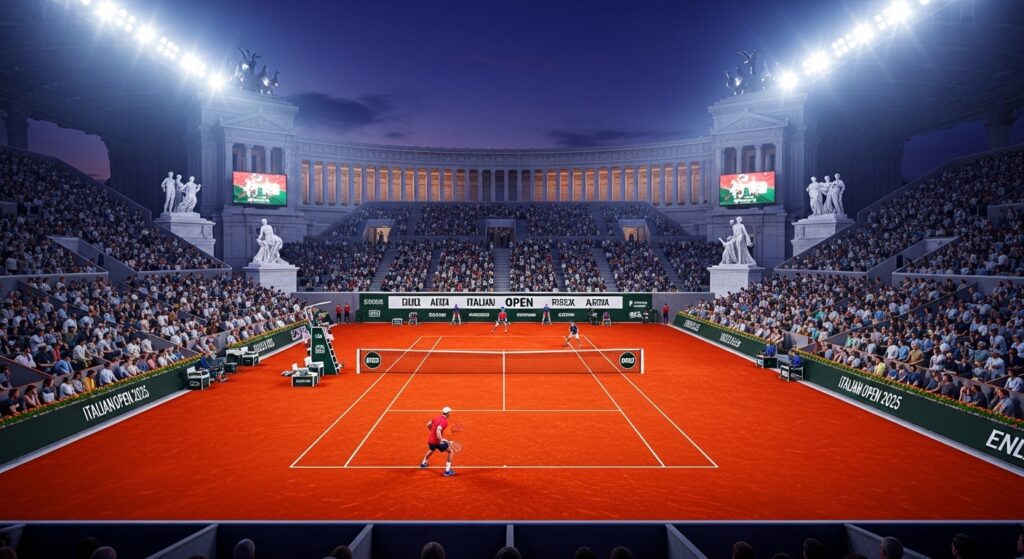
From clay to grass (brace yourself)
Rome asks for patience and height control. Stuttgart two weeks later? Not so much. Grass punishes hesitation. It’s whiplash. I wrote about how fast, skiddy lawns flip the script in my notes on the BOSS Open Stuttgart 2025. Short points, big serves, low slices, bring a different toolkit.
Hard-court speed vs clay smarts
I get DMs about how to “translate” a hard-court player to clay. The answer is: footwork and shot tolerance. If the feet don’t slide right, the rest collapses. A good hard-court hitter with patience can still thrive here, but they must change their margins. You can’t color outside the lines in Rome and expect the umpire to call it art.
I log cross-surface notes and keep them tidy. If you like that sort of neat row of receipts, here’s where I stash them by sport: my multi-sport updates usually collect the “this changed today” bits that shape picks and previews.
How to watch without losing your mind
Schedule sanity
- Qualifying: great for scouting form. Hidden gems live here.
- Round of 64/32: watch for big seeds coming in cold after byes.
- Quarters onward: night matches get cagey. Pack snacks. Extra battery, too.
For more big-picture shifts—gear, fitness, serve trends—I park notes in my sports trends posts so I can stop rewinding and start predicting.
Micro-keys I swear by in Rome
- Second serve location matters more here than power. Aim smarter.
- Backhand depth decides if you defend or attack on ball three.
- Run around the backhand only if your recovery footwork is elite. If not, you’ll sprint to the tarp.
And since someone will ask: yes, I’ll say the phrase italian open 2025 a few more times even though we all know we’re talking about Rome. It helps searchers find this ramble. Blame the algorithm, not me.
Another tiny table: quick roles at Rome
| Role | Winning habit | Rome tweak |
|---|---|---|
| Server-first player | Short points off serve + forehand | Add height and margin, accept longer rallies |
| Counterpuncher | Absorb pace, redirect lines | Attack short balls sooner or get stuck defending |
| All-court artist | Mix spins, touch, angles | Use drop shot + lob to finish, not to show off |
If you like follow-the-bounce comps across weeks, my grass-prep diary from Stuttgart is up there already, and I’ll cross-check it with Rome film next. After all, we pivot from dirt ballet to slide-on-ice in like, 12 days. No one’s ready. That’s the charm.
And because I’m already getting asked about forecasts and live quotes, I’ll add one last contrast piece soon. Until then, I’ll keep watching the order of play, sipping too much coffee, and writing snippy notes in the margins when umpires miss double bounces. If you’re new here, welcome to the obsession. If you’ve been here since I was ranting about towel boxes, thanks for sticking around for yet another italian open 2025 rant. I’ll be at the practice courts, watching footwork. That’s where the truth hides.
FAQs
Is Rome’s clay slower than Madrid?
Yes, usually. Madrid’s altitude speeds things up. Rome plays more honest—slow to medium, with a higher bounce.
Do big servers struggle in Rome?
Not automatically. But they need a better second ball and more margin on rally shots. Serve alone won’t win the week.
Day or night session for longer rallies?
Night. Cooler, heavier, and slower. That’s when 20-ball rallies show up and everyone’s groaning in the third set.
What’s the easiest stat to track for form?
Return depth and second-serve points won. If both are strong, the player is locked in for clay.
Is Rome good prep for Roland Garros?
Absolutely. Similar demands, real pressure, and a crowd that tests your heartbeat. It’s the best dress rehearsal.

I’m Oliver Scott, and I live to bring every sports moment to life. Get breaking multi-sport news, in-depth match highlights, fantasy tips, athlete spotlights, and the latest trends right here.

